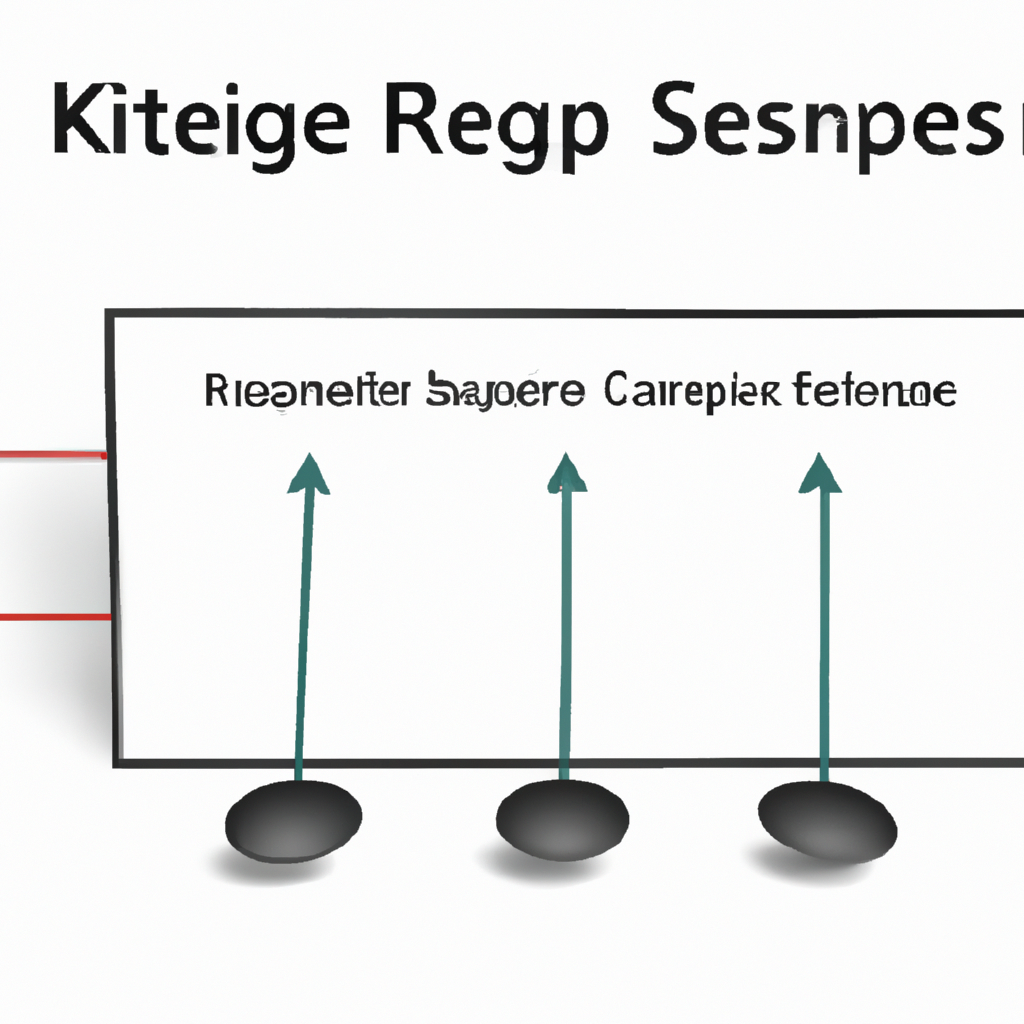Identifying Key Support and Resistance Zones
Introduction
Support and resistance zones are important concepts in technical analysis that help traders identify potential areas where the price of an asset may reverse or consolidate. By understanding these key levels, traders can make more informed decisions about entry and exit points, as well as manage their risk effectively. In this article, we will explore how to identify key support and resistance zones using various methods and indicators.
Understanding Support and Resistance
Support and resistance levels are areas on a price chart where the buying or selling pressure is significant enough to cause the price to reverse or stall temporarily. Support refers to a price level where demand is strong enough to prevent the price from falling further, while resistance represents a level where selling pressure is sufficient to prevent the price from rising further.
Identifying Support and Resistance Zones
There are several methods and indicators traders can use to identify key support and resistance zones. Here are a few popular approaches:
1. Swing Highs and Lows
One common method is to look for swing highs and lows on the price chart. A swing high is a peak where the price reaches a certain level and then starts to decline, while a swing low is a trough where the price reaches a certain level and then starts to rise. These swing points often act as support or resistance levels in the future. By connecting these swing points, traders can identify potential zones where the price may reverse.
2. Trendlines
Trendlines are another useful tool for identifying support and resistance zones. An uptrend line is drawn by connecting two or more higher swing lows, while a downtrend line is drawn by connecting two or more lower swing highs. These trendlines can act as areas of support or resistance, depending on the direction of the trend.
3. Moving Averages
Moving averages are widely used indicators that can also help identify support and resistance zones. Traders often look for the price to bounce off or stall near a moving average. The 50-day and 200-day moving averages are particularly popular among traders, as they represent long-term trends and can act as strong support or resistance levels.
4. Fibonacci Retracement
Fibonacci retracement levels are based on the Fibonacci sequence and are used to identify potential support and resistance zones. Traders draw Fibonacci retracement levels from a swing high to a swing low (in an uptrend) or from a swing low to a swing high (in a downtrend). The most commonly used levels are 38.2%, 50%, and 61.8%, which are believed to be areas where the price may reverse or consolidate.
Conclusion
Identifying key support and resistance zones is essential for successful trading. By using methods such as swing highs and lows, trendlines, moving averages, and Fibonacci retracement levels, traders can gain valuable insights into potential areas where the price may reverse or stall. It is important to note that support and resistance zones are not exact levels but rather areas where the price is likely to react. Therefore, it is crucial to combine these techniques with other technical analysis tools and indicators to increase the probability of successful trades.
